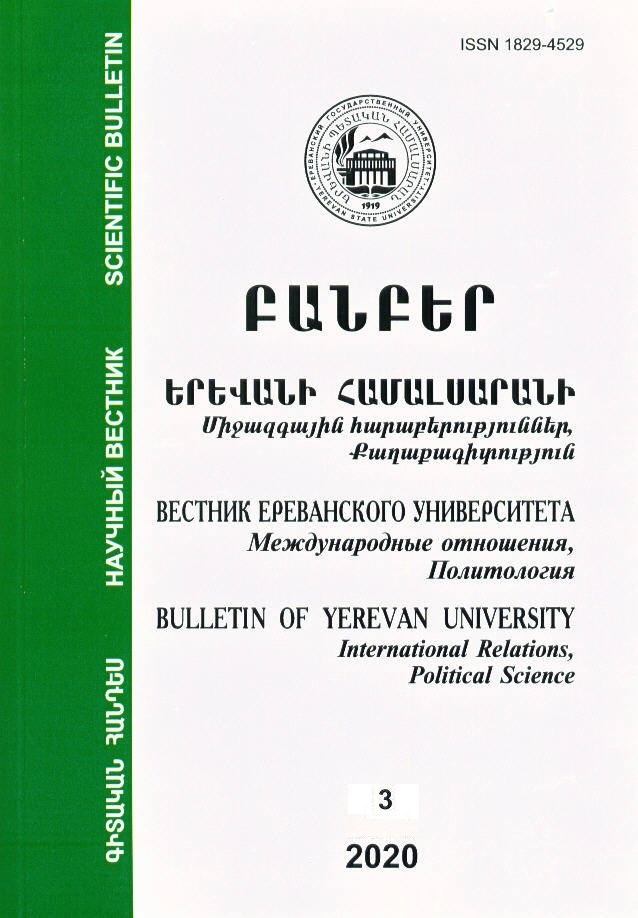The Influence of Digital Technologies on the Transformation of Public Relations in RA
Keywords:
Public Relations, communications, PR techniques, PR tools, social media, official communications, media relations, traditional and alternative media, manipulations, digital technologies, populism, communication content, political communication, public opinionAbstract
In recent years, the Internet has completely changed the form and content of communications and public relations. Since social media provide the opportunity for direct and personal communication and feedback, offer new interactive tools for communication with the public, they have become an integral part of any communication strategy. Just a few years ago, politicians, commercial, public, and other organizations were directly dependent on the media, and working with journalists made up most of the routine of PR and communications specialists. The development of digital technologies has brought new opportunities, forcing professionals to keep up with technological progress and use the most interactive and informal tools of public relations.

